14 essential piano production tips
Key advice! Here's our round-up of everything you wanted to know, but were too afraid to ask
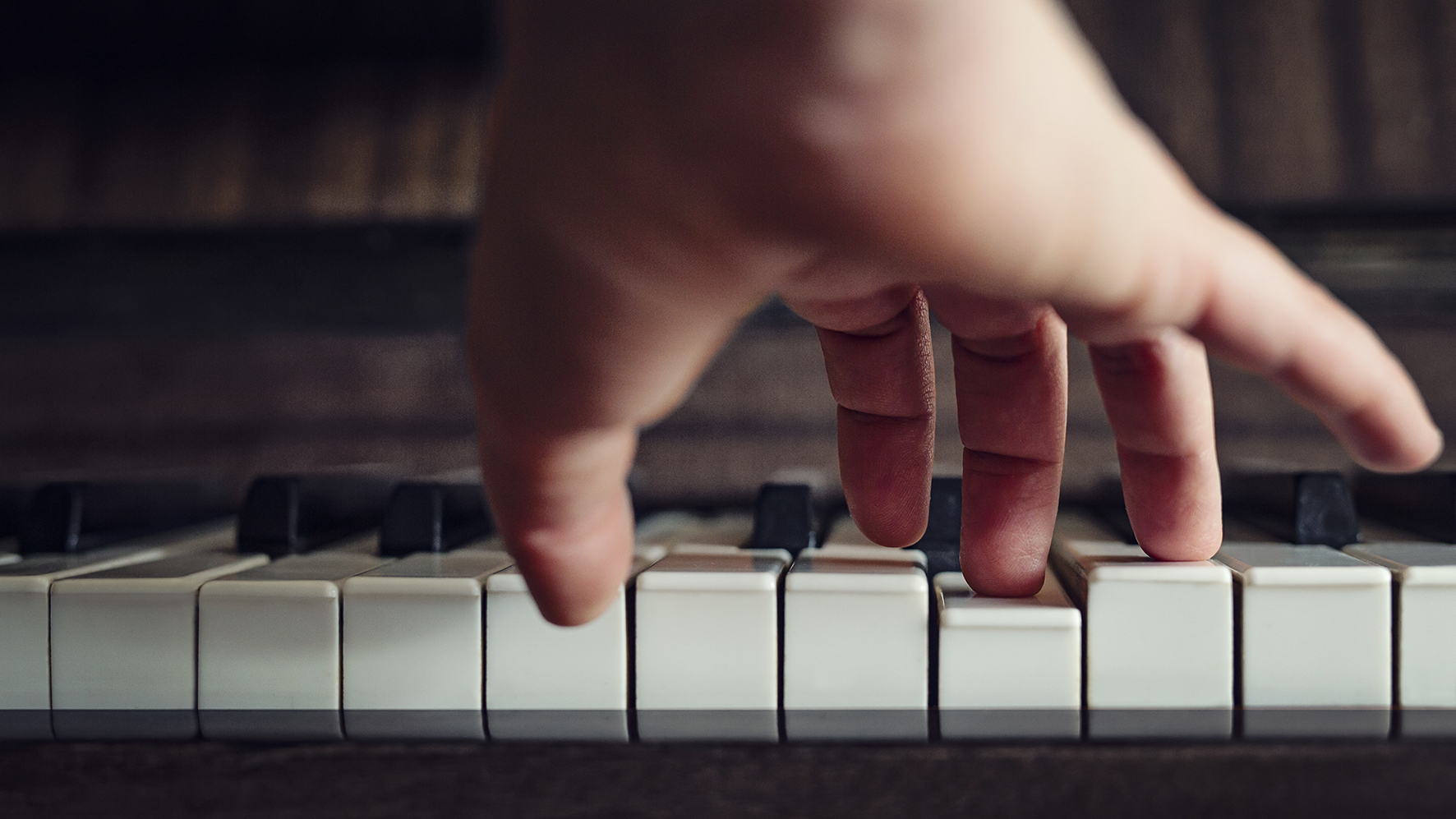
This week, we're showing you how to work with piano in your DAW. In an ongoing series of articles, we've already covered how to choose the right piano sound for your track and why an electric piano might just be a better choice than an acoustic. Today, we're bringing you 14 essential tips for piano production...
1. Keep it real
Wonderful as DAW-based plugins are, sometimes there’s no substitute for the real thing. Don’t be afraid to take out the microphone, plug it into an audio interface, and record yourself or someone else playing a piano. The organic and humanistic performance could bring your track to life.
2. Choose wisely
Adopting a plugin package which offers several different types of piano will always be a smart move, particularly if you tend to switch production styles on a regular basis. While it’s possible to make all pianos fit all scenarios, it can definitely make life easier if you have pianistic options at your disposal.
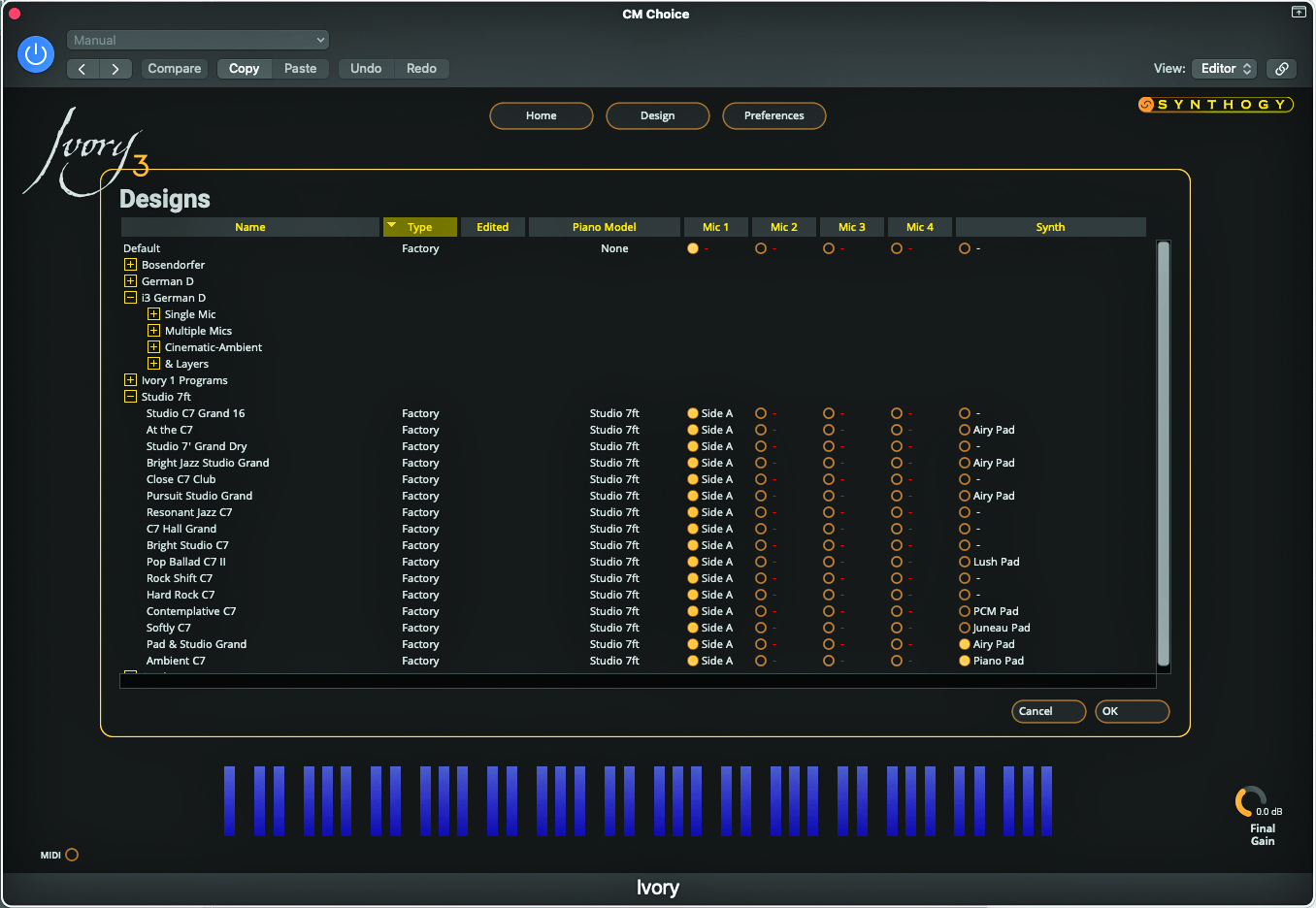
3. Sample it!
We’ve all frozen under the glare of the red light while recording. If you feel that your playing isn’t quite where you’d like it to be, adopt another route. Why not think about recording some chords, which you can then take back to your studio and chop it up within your DAW, ready for use in your production. It’s really just sampling, but in a DAW-based different format, and you’ll be surprised what a difference it will make.
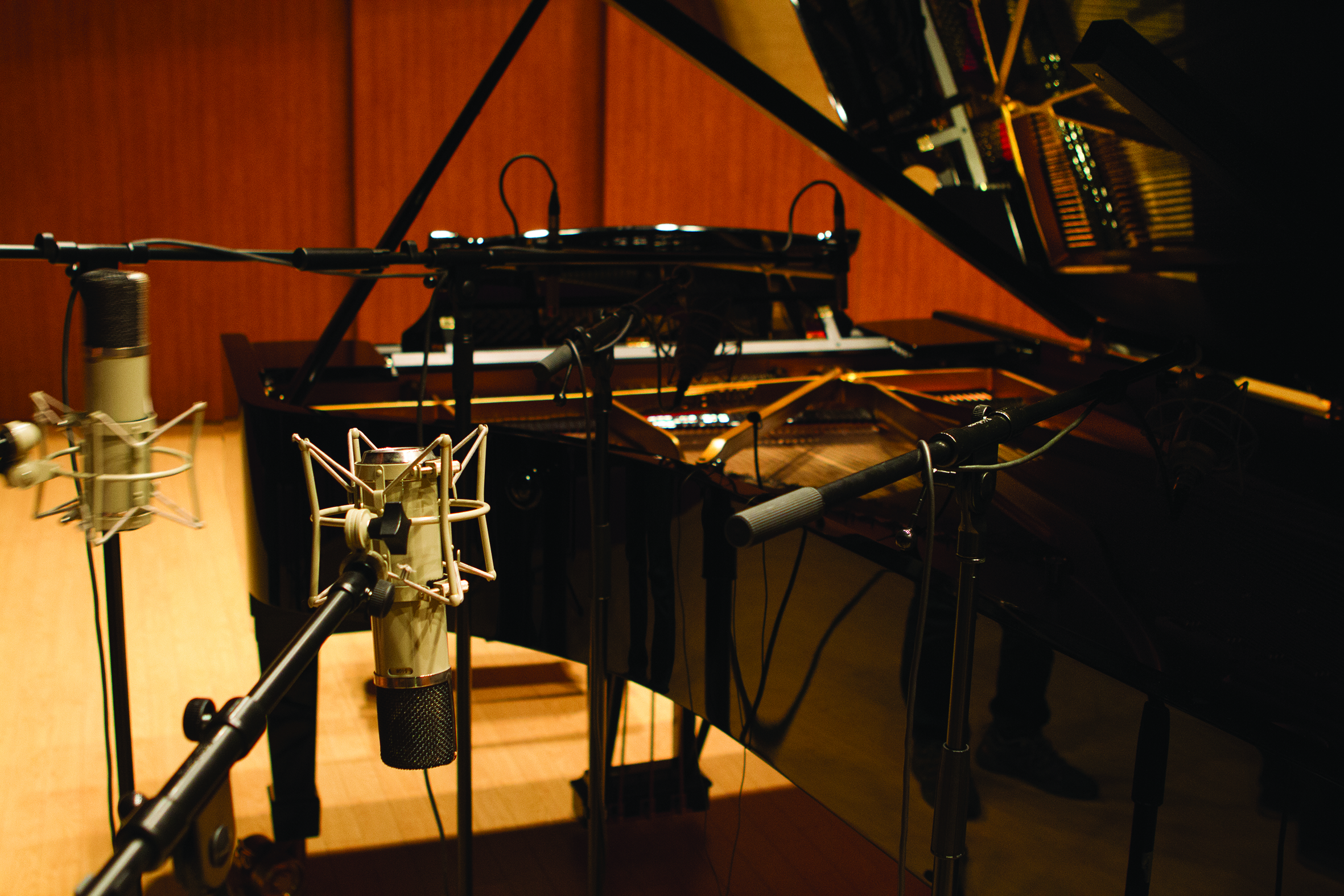
4. Go the full EQ
When mixing your piano, you’ll be surprised how much frequency content can be removed. They are very tonally rich instruments, but this is their strength. If you are using piano as a solo feature, be sure to bring out the depth of the low and low-mid frequencies. Plugins that are sampled from large concert grand pianos should sound superb in the bottom end, and who wouldn’t want some of that?
5. Listen
If you do decide to record a real piano, make sure you take some time to listen to the instrument before placing mics. It makes obvious sense to place mics above the strings, but you will be staggered how the tone changes as you move around the piano. Many prized piano recordings involve microphones being placed at a distance from the instrument, and in the case of an upright piano, around the back.
6. Don't be afraid of a freebie
Just because a plugin is free, doesn’t mean it can’t be worthy of a place in your setup. The chances are that you’ll find a myriad of different piano samples included within your DAW package. These will most likely be lurking within the sample library element of your package, but there are likely to be some usable and fine examples. Check out what you have before you part with your cash.
Get the MusicRadar Newsletter
Want all the hottest music and gear news, reviews, deals, features and more, direct to your inbox? Sign up here.
- Read more: Best pianos 2024: Our pick of acoustic and digital options for home, studio and stage
7. Go electric
Just like acoustic pianos, there are plenty of examples of electric or amplified instruments. Some instruments immediately summon connotations with certain styles of music, but it’s always interesting to explore different musical styles, placing electric instruments in a different domain. These offer a huge capacity for experimentation, even in plugin form.
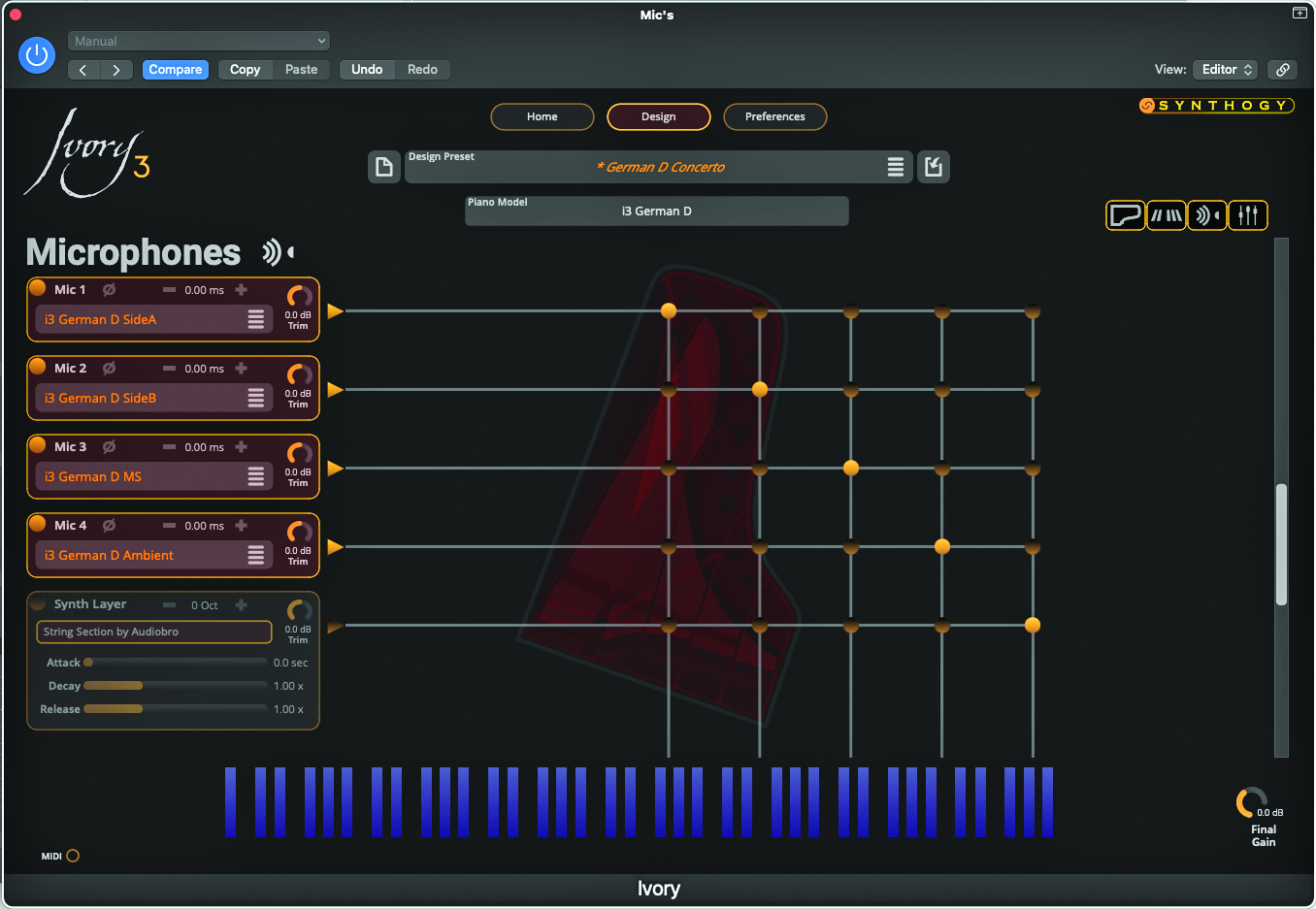
8. Ambience
Many of the bespoke piano libraries that are available will offer a number of different microphone placements. Some of these will be close to the instrument, while you may well find that a considerable number of placements are set up, instead, at a distance. These microphone signals are often invaluable for creating natural ambience, and are well worth exploring alongside plugin reverbs.
9. Building blocks
It’s possible that your keyboard technique is a little out of shape, or you consider yourself to be specialised on a different instrument. There is no shame in using an editor within your DAW to help you build up blocks of chords. However, do think about where you place the notes on the keyboard. As a rule, clusters of notes low on the piano will sound dark and somewhat murky. Keep chords high and bright, and they’ll generally sound better in a song’s mix.
10. Humanise
If you do find yourself reverting to your editor for a little chordal help, consider using some form of humanise function within your DAW, upon completion of the MIDI within your track. As humans, we generally don’t put all the notes of a chord down on the keyboard at the exact same time. Hence, adding a little humanisation will make your performance sound more realistic.
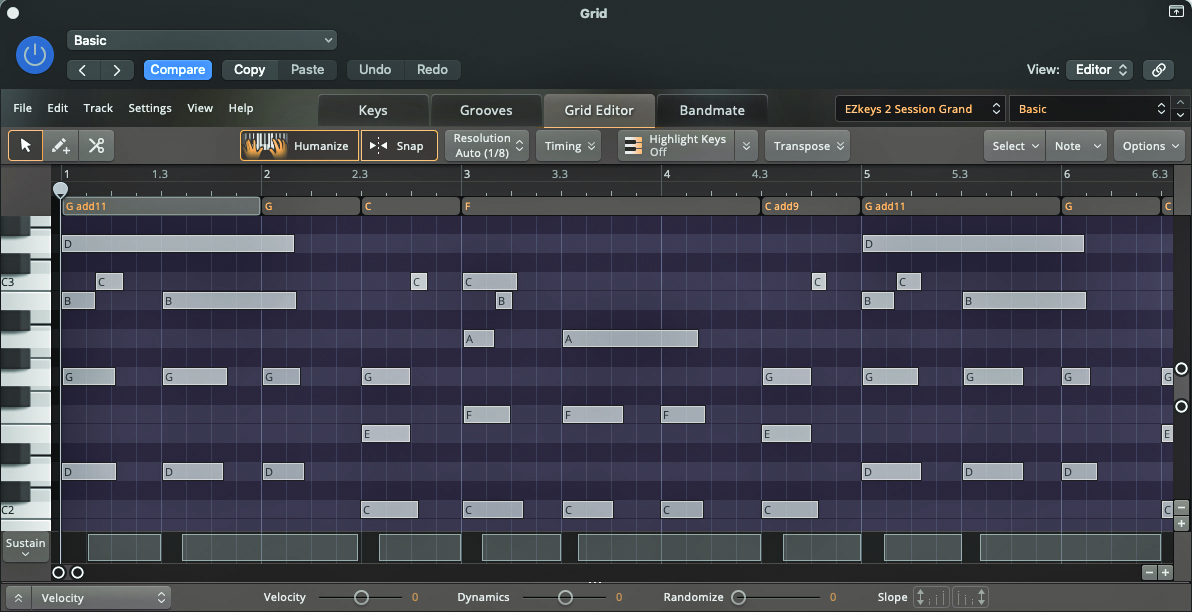
11. One hand at a time
Another helpful tip for employing your DAW to help take the piano-playing strain is to record one hand at a time. Depending on your track, it may well be that your left hand is not doing very much, particularly when low piano notes can get in the way of a mix. Even so, having the option to record a right hand, followed by the left hand, could well make your piano track sound far more realistic.
12. Hire a professional
If you’re recording something which is destined for the professional realm, or industry stardom, consider hiring a professional pianist to record the piano part for you. This could well pay dividends, particularly if the part you want is relatively virtuosic. Be aware though; there are pianists who specialise in classical music, and pianists that specialise in contemporary music. Choose wisely to avoid wasting your money.
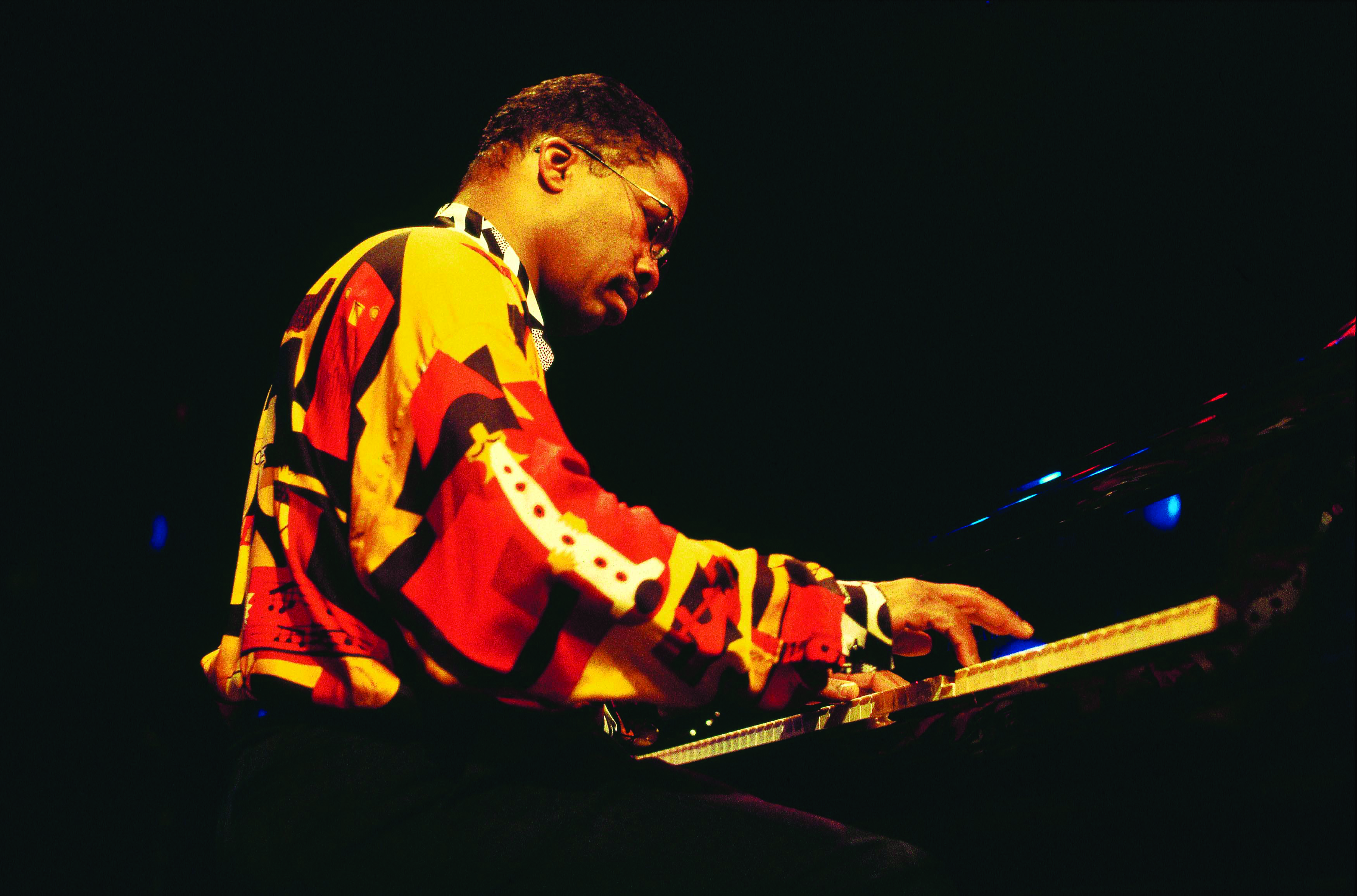
13. Intimate uprights
We are all drawn to the most expensive piano option that we might have at our disposal, but sometimes we want something a little less glossy. Upright pianos are perfect for creating a close mic’d and intimate setting. You may also hear some subtle detuning across the instrument, which will merely add to the mix.
14. Don't quantise
It’s always a great idea to try and capture your best piano performance, but don’t be tempted to hit the quantise button straight away. The chances are that your humanistic performance will sound far better with a couple of takes in the bag, even if you have to make minor edits to the odd note that you’ve recorded. And that’s the wonderful thing about MIDI after all; the fact that you can go back later and adjust your timing. Let the keys do the talking!


Computer Music magazine is the world’s best selling publication dedicated solely to making great music with your Mac or PC computer. Each issue it brings its lucky readers the best in cutting-edge tutorials, need-to-know, expert software reviews and even all the tools you actually need to make great music today, courtesy of our legendary CM Plugin Suite.
"Despite its size, it delivers impressive audio quality and premium functions as well as featuring a good selection of inspired sounds": Roland GO:Piano 88PX review
MusicRadar deals of the week: Enjoy a mind-blowing $600 off a full-fat Gibson Les Paul, £500 off Kirk Hammett's Epiphone Greeny, and so much more










